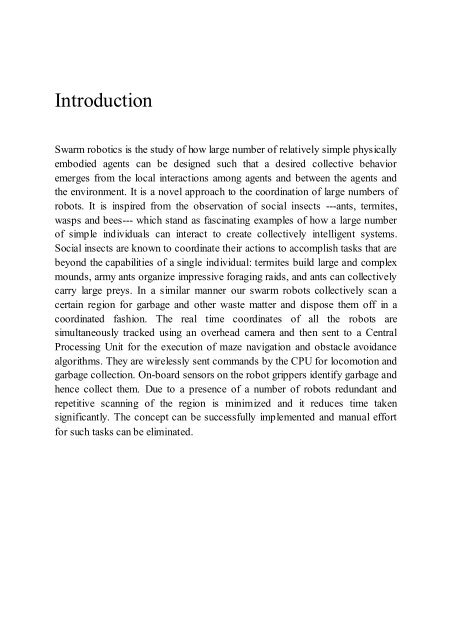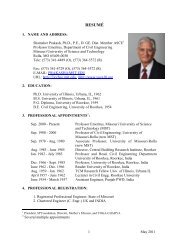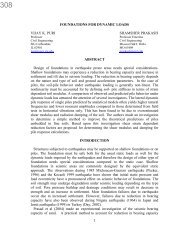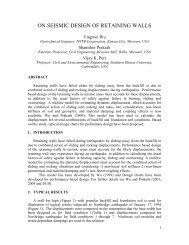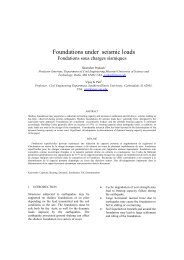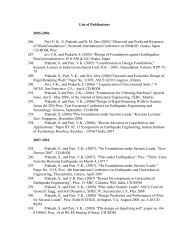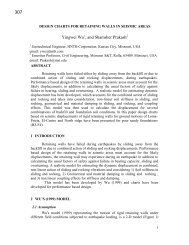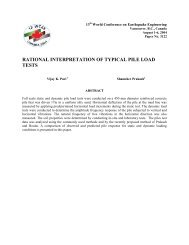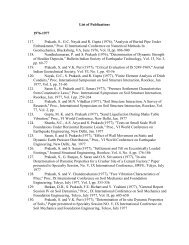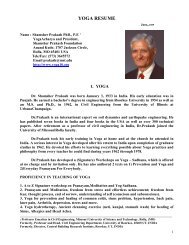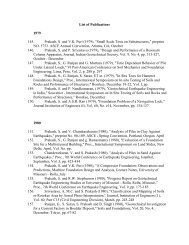Swarm Robots for Autonomous Thrash and Garbage Removal
Swarm Robots for Autonomous Thrash and Garbage Removal
Swarm Robots for Autonomous Thrash and Garbage Removal
Create successful ePaper yourself
Turn your PDF publications into a flip-book with our unique Google optimized e-Paper software.
Introduction<strong>Swarm</strong> robotics is the study of how large number of relatively simple physicallyembodied agents can be designed such that a desired collective behavioremerges from the local interactions among agents <strong>and</strong> between the agents <strong>and</strong>the environment. It is a novel approach to the coordination of large numbers ofrobots. It is inspired from the observation of social insects ---ants, termites,wasps <strong>and</strong> bees--- which st<strong>and</strong> as fascinating examples of how a large numberof simple individuals can interact to create collectively intelligent systems.Social insects are known to coordinate their actions to accomplish tasks that arebeyond the capabilities of a single individual: termites build large <strong>and</strong> complexmounds, army ants organize impressive <strong>for</strong>aging raids, <strong>and</strong> ants can collectivelycarry large preys. In a similar manner our swarm robots collectively scan acertain region <strong>for</strong> garbage <strong>and</strong> other waste matter <strong>and</strong> dispose them off in acoordinated fashion. The real time coordinates of all the robots aresimultaneously tracked using an overhead camera <strong>and</strong> then sent to a CentralProcessing Unit <strong>for</strong> the execution of maze navigation <strong>and</strong> obstacle avoidancealgorithms. They are wirelessly sent comm<strong>and</strong>s by the CPU <strong>for</strong> locomotion <strong>and</strong>garbage collection. On-board sensors on the robot grippers identify garbage <strong>and</strong>hence collect them. Due to a presence of a number of robots redundant <strong>and</strong>repetitive scanning of the region is minimized <strong>and</strong> it reduces time takensignificantly. The concept can be successfully implemented <strong>and</strong> manual ef<strong>for</strong>t<strong>for</strong> such tasks can be eliminated.


